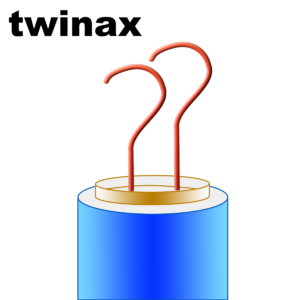My Personal Look Back on 2017
Continuing in a tradition I started early this year where I take a look back at the year that just passed, I've again been very fortunate to have had an amazing year, both in my professional and personal lives. Writing this post is my way of forcing myself to stop and take notice of what I was involved in (something I'm not very good at letting myself do in the moment) and also give readers a chance to see the “me” behind the scenes.
Let's go through the list!



 Standards — once critical for achieving interoperability — have failed to adapt.
Standards — once critical for achieving interoperability — have failed to adapt. Several different groups are trying to bring order to multi-access edge computing.
Several different groups are trying to bring order to multi-access edge computing. Cost and efficiency benefits continue to battle familiarity.
Cost and efficiency benefits continue to battle familiarity. The combined product offers a single-pane of glass for management.
The combined product offers a single-pane of glass for management. I prior shared this post on the LinkedIN publishing platform and my personal blog at HumairAhmed.com. In my prior blog post, I discussed how with VMware Cloud on AWS (VMC on AWS) customers get the best of both worlds for their move to a Software Defined Data Center (SDDC) – the leading compute, storage, and network virtualization stack for...
I prior shared this post on the LinkedIN publishing platform and my personal blog at HumairAhmed.com. In my prior blog post, I discussed how with VMware Cloud on AWS (VMC on AWS) customers get the best of both worlds for their move to a Software Defined Data Center (SDDC) – the leading compute, storage, and network virtualization stack for... 

